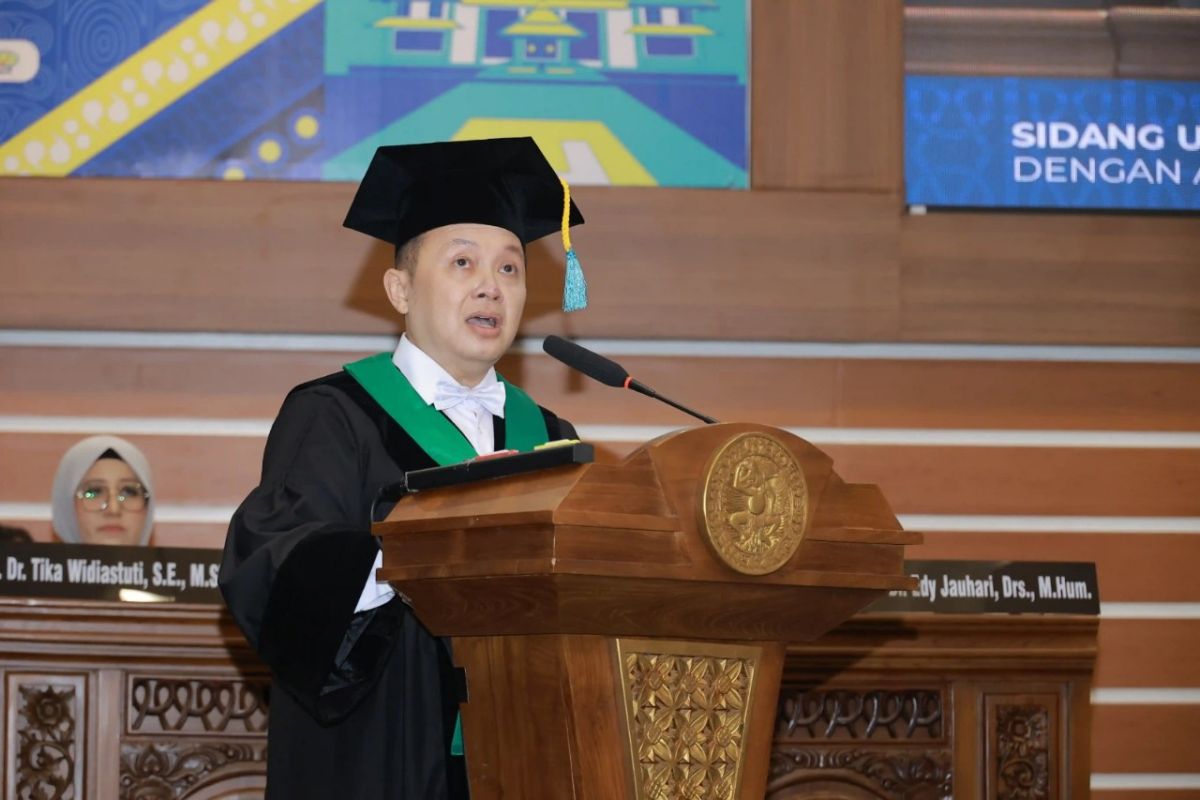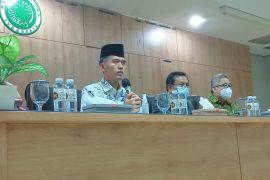Intramuscular midazolam is able to stop seizures within 45 seconds, while intranasal midazolam is able to stop seizures within 42 seconds.Surabaya (ANTARA) - A medical professor at Airlangga University, Prastiya Indra Gunawan, has developed a new epilepsy treatment method that involves administering midazolam intramuscularly and intranasally.
The new method can be a solution for treating epilepsy, for which electroencephalography (EGG) examinations have been used so far. The results of those examinations are often misinterpreted, causing excessive diagnosis of epilepsy and prolonged use of antiepileptic drugs, which is not necessary.
"Intramuscular midazolam is able to stop seizures within 45 seconds, while intranasal midazolam is able to stop seizures within 42 seconds. This is different from rectal diazepam, which takes 180 seconds," Professor Gunawan, a pediatrician from Airlangga University, said.
He has received recognition as a pioneer in changing the procedures for handling childhood seizures and has obtained intellectual property rights (IPR). Gunawan officially obtained the IPR in 2019 and 2021 based on the research and publications he carried out in 2015 and 2016.
"From the technical changes, we have entered it into IPR and we got the IPR for 2021 and 2019 by submitting it in Indonesia through the Ministry of Human Rights and Law," he informed.
Gunawan has also made other advances in his field of expertise. He has also researched patients with symptoms of drug resistance and determined other causes.
"For example, in terms of diagnostics, in the past, the cause was infection, the cause was head trauma, but now, we are also developing it towards autoimmune. It turns out that there are indeed some of our patients who have epilepsy that is resistant to drugs, we continue to look for it and the cause is autoimmune," he said.
Even after the cause has been identified, seizures that are resistant to adequate medication are still difficult to treat. In this case, according to Gunawan, surgery can be an alternative.
Unfortunately, not all health facilities are capable of performing epilepsy surgery. With the current technological advances, he said it is necessary to build a comprehensive epilepsy service center.
He also shared this idea at the N-20 Conference during the G20 Summit in Bali in 2022.
"The key to starting this epilepsy center is to assemble the right team with the right people who have the same approach to dealing with epilepsy," he said.
The epilepsy center will not only be a place for treatment, but also help address social stigma. Many people with epilepsy feel isolated by their environment, hampered in their careers, and feel like they have failed in their home life.
With the establishment of the epilepsy center, Gunawan said he hopes that people with epilepsy will not only receive healthcare, but also see improvements in their social life. He also invited everyone to work together to care for epilepsy sufferers.
Related news: Medan Mayor offers investments in medical sector to Singapore
Related news: Ministry introduces programs to address specialist doctor shortage
Translator: Yashinta Difa Pramudyani
Editor: Tia Mutiasari
Copyright © ANTARA 2023












